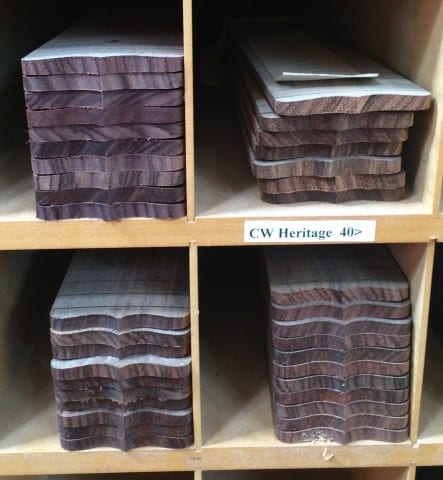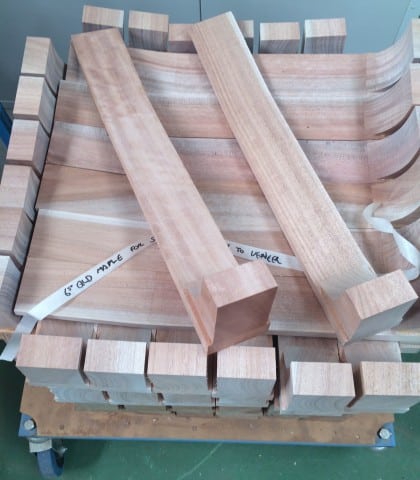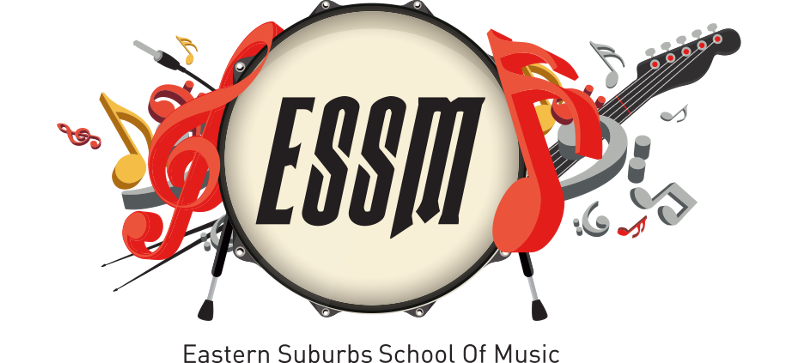Wood for Guitars Checklist
Wood used in guitars effect their sound. When buying a guitar you will often be told what woods have been used to make it. An understanding of the the tone that will be produced naturally by these materials will help you make better buying decisions. Woods used in making guitars must be strong. The structure of a guitar has to withstand the pressures produced by the string tension. As well as being durable to the tension of the strings it must sound good. The resonance of the wood plays into how your guitar will produce sound.
Use this as a guide to understanding the tone each wood will produce.
Fingerboard Wood
Rosewood – warm tone with smooth high end, stronger lows and mids.
Ebony – firm attack to sound, clear highs, mids and lows.
Maple – bright punchy sound, lots of high-end, snappy feel.

Fingerboards ready to be put on Maton acoustic guitars
Neck Wood
Maple – bright punchy sound, good balanced sound. Commonly used in bolt on and one piece necks.
Mahogany – warm full tone more low and mid range. Often used in glued set necks.

One piece necks made of Queensland Maple
Body Wood
Alder – rich tones with pronounced low and mid range, light in weight. Good for blues and rock guitarists. Used commonly in Fender guitars.
Ash – bright, rich tone, used in Strat-style bodies commonly, light weight.
Basswood – resonant tone with enhanced mid range.
Mahogany – deep, rich tone with strong mid range. Commonly seen in Gibson guitars.
Spruce – strong loud sounds, good sustain. Used in acoustic guitars.
Need a guitar or bass? Instruments can be purchased from KC’s Rock Shop for students attending the Boronia location, or Guitars and Things in Frankston for those attending the Carrum Downs premises.
We thank these businesses for being loyal supporters of the Eastern Suburbs School of Music.






 0421 705 150
0421 705 150